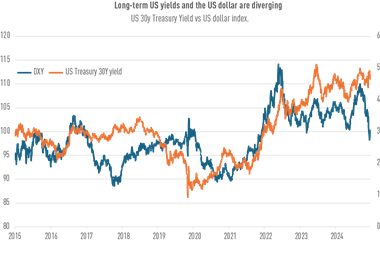For pension funds, the past year has been packed with challenges and events pointing the way towards further changes for the system. These include a dramatic transformation of the investment climate, a shift towards immediate recognition of pension accounting, and the collapse of major corporations with large pension fund shortfalls. Since the introduction of this system in Japan, the first point that most pension analysts, including this writer, tend to address when explaining defined contribution pensions is the personal responsibility of the subscriber. That is, the focus is put on the shift in investment risk from the corporation to the individual, who must manage his/her own personal portfolio. This explanation in itself is not mistaken, of course, but I think that what events last year made clear was the importance of the unique features of defined contribution pensions, by which contributions are paid into a member’s account, and, after vesting in three years, the account’s assets become entirely the property of the member.
As often noted, the roots of Japanese corporate pensions are the lump-sum retirement payout. This payout was backed by the company’s assets and would be lost if the company failed. With the shift to corporate pensions (defined benefit system), assets were accumulated aside outside the firm, which greatly increased the security of the payouts to subscribers. However, this meant security of assets for subscribers as a whole, so if the company went bankrupt, the interests of subscribers and beneficiaries would have to be reconciled. With the development of the defined contribution system, assets were divided by each individual, and those amounts were not affected even if the firm went under. It is no exaggeration to say that the greatest strength of the defined contribution system is this protection of pension assets for each individual.
Corporate pensions are a system extending over the long term. The days of sustained upward growth are over for the Japanese economy, and there is no guarantee for the distant future. This makes the security of personal assets even more important. Japanese corporate pensions tend to be defined benefit types, but we believe that a correction in this bias towards a greater diversification among defined benefit and defined contribution systems is essential for both the corporations providing the system and individuals standing to gain from it.
A second characteristic of defined contribution systems is that the investment risk shifts from the company to the subscriber. If each company diversifies its pension system in an optimal manner, it could achieve a “sharing of portfolio risk” in which the company and employee each bear appropriate risk.
The ultimate deciding authority on management of pension assets belongs most logically to the party bearing the risk. In a defined contribution system, that would be the subscriber. The question that then arises is whether a subscriber who is a novice at fund management can achieve sufficient results if educated properly and offered a good range of selected investment products.
This is admittedly a difficult question, but we see plentiful room for innovation. The first point of reference would be the active use of default funds as in the US. Default funds offer a product with diversified assets promising a certain level of risk/return, allowing even those with little knowledge or interest in asset management to make rational management choices. Some education regarding investment remains necessary in order to ensure a basic knowledge, but default funds eliminate the assumption that anyone can invest sensibly given the education, letting amateurs provide management guidance while leaving the actual operational work in the hands of a pro. There is no guarantee that this approach is correct, but we cannot conclude without trying that defined contribution pensions are simply inferior to defined benefit systems.
I see a balanced diversification of systems and the sharing between company and workers of portfolio risk as urgent challenges for Japanese corporate pension funds.
Akiko Nomura is a Senior Analyst at the Nomura Institute of Capital Markets Research.













